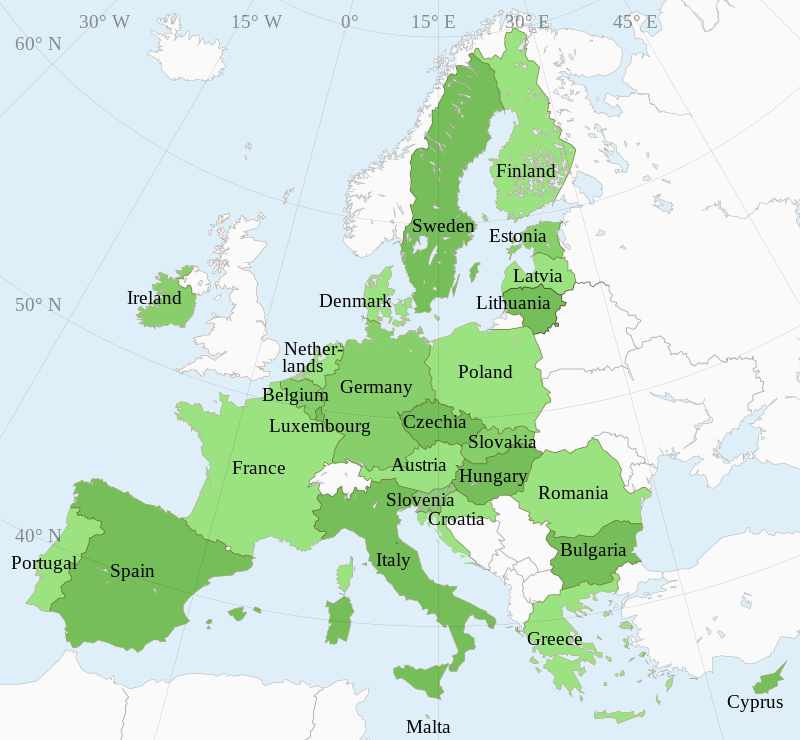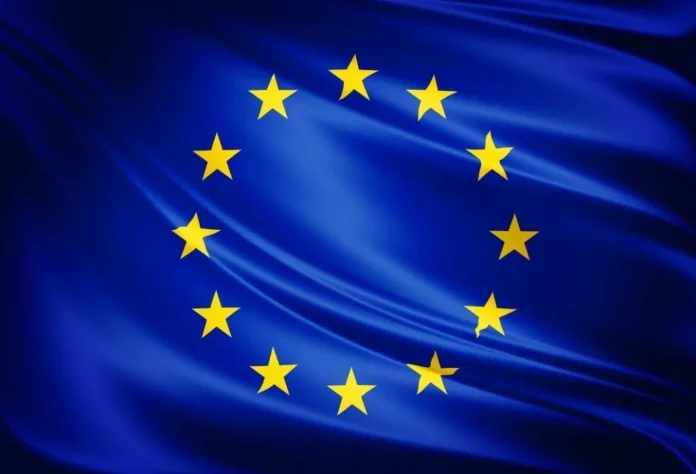In a world marked by historical conflicts and geopolitical tensions, the European Union (EU) stands as a beacon of hope, representing a unique experiment in international cooperation and integration. The EU has emerged from the ruins of World War II with a mission to foster unity, peace, and prosperity among its member nations. This article explores the journey of the European Union, its historical roots, key milestones, challenges, and the profound impact it has had on the continent’s trajectory.
Page Contents
Historical Roots
The foundation of the European Union can be traced back to the aftermath of World War II. The devastation caused by the war prompted European leaders to seek a new path, one that would prevent the recurrence of such catastrophic conflicts. The European Coal and Steel Community (ECSC), established in 1951, laid the groundwork for cooperation by integrating the coal and steel industries of six founding members: Belgium, France, Italy, Luxembourg, the Netherlands, and West Germany.
Read also : The Indus Valley Civilization: Forgotten Wonders
The Treaty of Rome
The desire for a more comprehensive union led to the signing of the Treaty of Rome in 1957, which established the European Economic Community (EEC). This treaty aimed to create a common market, allowing for the free movement of goods, services, and people among member states. The EEC laid the foundation for economic integration and marked the beginning of a transformative journey toward a more unified Europe.
Expansion and Enlargement
Over the years, the European Union has expanded both in terms of membership and influence. The fall of the Iron Curtain in 1989 paved the way for the reunification of Eastern and Western Europe. The EU played a pivotal role in supporting the democratic transition of former communist countries, leading to the accession of several Central and Eastern European nations. Enlargement not only increased the Union’s economic and political weight but also promoted stability and cooperation in the wider European region.
The Single European Act
The Single European Act of 1986 marked another milestone in the EU’s evolution. It aimed to establish a single market by eliminating trade barriers and harmonizing regulations among member states. The act enhanced the EU’s economic integration and paved the way for the creation of the Schengen Area, allowing for passport-free travel across many member countries.
Maastricht Treaty: A Union of Nations
The Maastricht Treaty, signed in 1992, laid the groundwork for the establishment of the European Union in its current form. It introduced the concept of European citizenship and set the stage for the creation of the euro, the single currency shared by many EU member states. The treaty also established common foreign and security policies, emphasizing the Union’s commitment to peace and stability beyond its borders.
The Eurozone and Economic Challenges
The introduction of the euro in 1999 marked a significant step toward deeper economic integration. The Eurozone, comprising countries that adopted the euro, aimed to strengthen economic ties and promote stability. However, the global financial crisis of 2008 exposed vulnerabilities in the Eurozone’s structure, leading to economic challenges and austerity measures in several member states. The subsequent years witnessed debates over the balance between national sovereignty and supranational governance, highlighting the complexities of maintaining a common currency in a diverse economic landscape.

Challenges and Crises
The European Union has faced numerous challenges throughout its history, testing its resilience and adaptability. The migration crisis of 2015 strained the Union’s unity as member states grappled with differing approaches to handling the influx of refugees. Brexit, the United Kingdom’s decision to leave the EU in 2016, marked a historic moment that raised questions about the Union’s cohesion and the viability of further integration.
Despite these challenges, the EU has shown a remarkable ability to overcome adversity. The ongoing COVID-19 pandemic, for instance, prompted unprecedented collaboration among member states, demonstrating the Union’s commitment to collective action in the face of shared challenges.
A Union for Peace
One of the primary objectives of the European Union has been to foster peace and stability in a historically turbulent region. By intertwining the economies of member states and creating institutions for dialogue and conflict resolution, the EU has played a crucial role in preventing interstate conflicts. The Nobel Peace Prize awarded to the EU in 2012 acknowledged its contribution to the promotion of peace and reconciliation.
Soft Power and Diplomacy
The European Union has become a global player not only in economic terms but also as a purveyor of soft power. Through its commitment to democracy, human rights, and sustainable development, the EU has influenced international norms and standards. Its diplomatic efforts in negotiating agreements, such as the Paris Agreement on climate change, showcase the Union’s commitment to addressing global challenges collaboratively.
Cultural Exchange and Unity in Diversity
The European Union, with its diverse tapestry of languages, cultures, and histories, celebrates the richness of its member states. The Erasmus program, which promotes student exchanges across the continent, has played a vital role in fostering a sense of European identity. Despite linguistic and cultural differences, citizens of the EU share a common commitment to the values of democracy, rule of law, and human rights.
Looking Ahead: The Future of the European Union
As the European Union navigates the complexities of a rapidly changing world, it faces both internal and external pressures. The rise of populist movements, ongoing debates about the balance between national sovereignty and supranational governance, and external geopolitical challenges pose significant tests to the Union’s unity and purpose.
The Conference on the Future of Europe, launched in 2021, provides an opportunity for citizens to contribute to shaping the Union’s future. It reflects a commitment to democratic principles and transparency, acknowledging that the EU’s success depends on the active involvement of its citizens.
Read Also : Ancient Mesopotamia: The Cradle of Civilization
Conclusion
The European Union stands as a testament to the power of collaboration and integration in overcoming historical animosities and building a future of peace and prosperity. From its humble beginnings as a coal and steel community to the complex political and economic union it is today, the EU has evolved in response to the challenges of each era.
As the European Union continues to navigate the complexities of the 21st century, it faces a delicate balancing act. Striking the right equilibrium between national interests and collective goals, addressing economic disparities, and promoting a shared vision for the future will determine the success of this unique experiment in international cooperation. The European Union’s journey remains a compelling narrative of hope, resilience, and the pursuit of a brighter and more united future for its diverse member nations.


